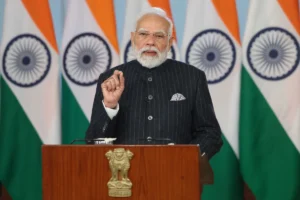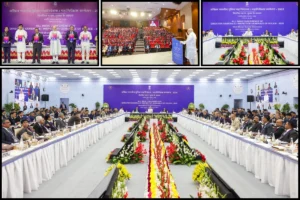
Supreme Court of India
The nine-judge constitution bench of the Supreme Court (SC) convened on Tuesday to hear the mine operators’ and regulators’ arguments regarding the taxation status of the royalties they pay to the Union government.
The hearing began at 10:30 a.m. today with a bench made up of Chief Justice of India Dr. DY Chandrachud, Justices Hrishikesh Roy, Abhay S. Oka, BV Nagarathna, J.B. Pardiwala, Manoj Mishra, Ujjal Bhuyan, Satish Chandra Sharma, and Augustine George Masih.
The matter under consideration in today’s hearing is the long-running dispute between regulators and mine operators over whether or not a royalty amount that the operators pay to the Union government qualifies as taxation.
The Mines and Minerals (Development and Regulation) Act, 1957 mandates that all mine operators pay a “royalty to the Union government” in exchange for the ability to use, explore, and assess the minerals.
In the 1990 case of India Cement Ltd. & Ors. v. State of Tamil Nadu, a seven-judge Supreme Court bench ruled that this royalty qualified as a tax because it was “directly or indirectly” correlated with the amount of mineral that had been extracted following the lessee’s sale.
Fourteen years later, a five-judge panel decided in 2004 to the contrary, holding that royalty on mineral rights was an expense paid by the lessee to the landowner, who could be the State or a private individual, rather than a tax.
2011 saw the Court acknowledge these divergent schools of thought and assign the case to a nine-judge panel.
The stakes have increased since India’s Goods and Services Tax regime was implemented in 2016. Mine operators will incur significant additional costs at the source if the royalty is not considered a tax and they are required to pay GST on all mineral extractions.
Also Read: Petition Filed In Supreme Court Against Farmers Movement; List Of Demands Mentioned Below
To read more such news, download Bharat Express news apps


















